Our Aging World
We are aging—not just as individuals or communities but as a world. In 2006, almost 500 million people worldwide were 65 and older. By 2030, that total is projected to increase to 1 billion—1 in every 8 of the earth’s inhabitants. Significantly, the most rapid increases in the 65-and-older population are occurring in developing countries, which will see a jump of 140 percent by 2030.
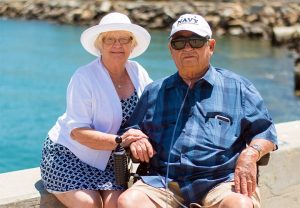 People are living longer and, in some parts of the world, healthier lives. This represents one of the crowning achievements of the last century but also a significant challenge. Longer lives must be paid for. Societal aging may affect economic growth and many other issues, including the sustainability of families, the ability of states and communities to provide resources for older citizens, and international relations. The Global Burden of Disease, a study conducted by the World Health Organization and the World Bank, with partial support from the U.S. National Institute on Aging, predicts a very large increase in disability caused by increases in age-related chronic disease in all regions of the world. In a few decades, the loss of health and life worldwide will be greater from noncommunicable or chronic diseases (e.g., cardiovascular disease, dementia and Alzheimer’s disease, cancer, arthritis, and diabetes) than from infectious diseases, childhood diseases, and accidents.
People are living longer and, in some parts of the world, healthier lives. This represents one of the crowning achievements of the last century but also a significant challenge. Longer lives must be paid for. Societal aging may affect economic growth and many other issues, including the sustainability of families, the ability of states and communities to provide resources for older citizens, and international relations. The Global Burden of Disease, a study conducted by the World Health Organization and the World Bank, with partial support from the U.S. National Institute on Aging, predicts a very large increase in disability caused by increases in age-related chronic disease in all regions of the world. In a few decades, the loss of health and life worldwide will be greater from noncommunicable or chronic diseases (e.g., cardiovascular disease, dementia and Alzheimer’s disease, cancer, arthritis, and diabetes) than from infectious diseases, childhood diseases, and accidents.
Since the beginning of recorded human history, young children have outnumbered older people. Very soon this will change. For the first time in history, people age 65 and over will outnumber children under age 5. This trend is emerging around the globe. Today almost 500 million people are age 65 and over, accounting for 8 percent of the world’s population.
By 2030 the world is likely to have 1 billion older people, accounting for 13 percent of the total population. While today’s proportions of older people typically are highest in more developed countries, the most rapid increases in older populations are occurring in the less developed world. Between 2006 and 2030, the number of older people in less developed countries is projected to increase by 140 percent as compared to an increase of 51 percent in more developed countries.
Population aging is driven by declines in fertility and improvements in health and longevity. In more developed countries, declines in fertility that began in the early 1900s have resulted in current fertility levels below the population replacement rate of two live births per woman. Perhaps the most surprising demographic development of the past 20 years has been the pace of fertility decline in many less developed countries. In 2006, for example, the total fertility rate was at or below the replacement rate in 44 less developed countries.
Increasing Life Expectancy
Some nations experienced more than a doubling of average life expectancy during the 20th century. Life expectancy at birth in Japan now approaches 82 years, the highest level among the world’s more developed countries, and life expectancy is at least 79 years in several other more developed countries.
Less developed regions of the world have experienced a steady increase in life expectancy since World War II, with some exceptions in Latin America and more recently in Africa, the latter due to the impact of the HIV/AIDS epidemic. The most dramatic gains have occurred in East Asia, where life expectancy at birth increased from less than 45 years in 1950 to more than 72 years today.
Changes in life expectancy reflect a health transition occurring around the globe at different rates and along different paths. This transition is characterized by a broad set of changes that includes:
- A shift from high to low fertility;
- A steady increase in life expectancy at birth and at older ages; and
- A shift from the predominance of infectious and parasitic diseases to the growing impact of noncommunicable diseases and chronic conditions.
The health transition shifts the human survival curve so that the chances of surviving another year are higher at every age. In early nonindustrial societies, the risk of death was high at every age, and only a small proportion of people reached old age. In modern survival curves for industrialized societies, most people live past middle age, and deaths are highly concentrated at older ages.
Increases in the probability of survival raise questions about limits to life expectancy and the potential for human lifespan. Despite assertions that life expectancy must be approaching a limit, data on female life expectancies from 1840 to 2000 show a steady increase of 3 months per year. The country with the highest average life expectancy has varied over time—in 1840 it was Sweden, and today it is Japan.
Recent research raises other questions about the future of life. Researchers have been able to experimentally increase lifespan in insects and animals through gene insertion, caloric restriction, and diet. It remains to be seen whether similar increases can be replicated in humans.
Rising Numbers of the Oldest Old
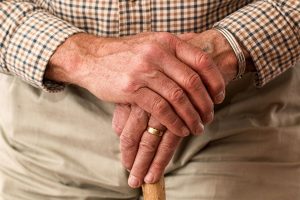 An important feature of population aging is the progressive aging of the older population itself. Over time, more older people survive to even more advanced ages. For research and policy purposes, it is useful to distinguish between the old and the oldest old, often defined as people age 85 and over. Because of chronic disease, the oldest old have the highest population levels of disability that require long-term care. They consume public resources disproportionately as well.
An important feature of population aging is the progressive aging of the older population itself. Over time, more older people survive to even more advanced ages. For research and policy purposes, it is useful to distinguish between the old and the oldest old, often defined as people age 85 and over. Because of chronic disease, the oldest old have the highest population levels of disability that require long-term care. They consume public resources disproportionately as well.
The growth of the oldest old has a number of implications:
- Pensions and retirement income will need to cover a longer period of life.
- Health care costs will rise even if disability rates decline somewhat.
- Intergenerational relationships will take on an added dimension as the number of grandparents and great-grandparents increase.
- The number of centenarians will grow significantly for the first time in history. This will likely yield clues about individual and societal aging that redefine the concept of oldest old.
The oldest old constitute 7 percent of the world’s 65-and-over population: 10 percent in more developed countries and 5 percent in less developed countries. More than half of the world’s oldest old live in six countries: China, the United States, India, Japan, Germany, and Russia. In many countries, the oldest old are now the fastest growing portion of the total population. On a global level, the 85-and-over population is projected to increase 151 percent between 2005 and 2030, compared to a 104-percent increase for the population age 65 and over and a 21-percent increase for the population under age 65. Past population projections often underestimated decreases in mortality rates among the oldest old; therefore, the number of tomorrow’s oldest old may be significantly higher than anticipated.
The percentage of oldest old will vary considerably from country to country. In the United States, for example, the oldest old accounted for 14 percent of all older people in 2005. By 2030, this percentage is unlikely to change because the aging baby boom generation will continue to enter the ranks of the 65-and-over population. In Europe, some countries will experience a sustained rise in their share of oldest old while others will see an increase during the next two decades and then a subsequent decline. The most striking increase will occur in Japan: By 2030, nearly 24 percent of all older Japanese are expected to be at least 85 years old. Most less developed countries should experience modest long-term increases in their 85-and-over population.
As life expectancy increases and the oldest old increase in number, four-generation families become more common. The aging of the baby boom generation, for example, is likely to produce a great-grandparent boom. As a result, some working adults will feel the financial and emotional pressures of supporting both their children and older parents and possibly grandparents simultaneously.
While people of extreme old age—that is, centenarians—constitute a small portion of the total population in most countries, their numbers are growing. The estimated number of people age 100 and over has doubled each decade since 1950 in more developed countries. In addition, the global number of centenarians is projected to more than quintuple between 2005 and 2030. Some researchers estimate that, over the course of human history, the odds of living from birth to age 100 may have risen from 1 in 20 million to 1 in 50 for females in low-mortality nations such as Japan and Sweden.
| PROJECTED INCREASE IN GLOBAL POPULATION BETWEEN 2005 AND 2030, BY AGE | |
| Age | Increase |
| 0-64 | 21% |
| 65+ | 104% |
| 85+ | 151% |
| 100+ | 400+% |
Source: United Nations Department of Economic and Social Affairs, Population Division. World Population Prospects.
Growing Burden of Noncommunicable Diseases
In the near future, the loss of health and life in every region of the world, including Africa, will be greater from noncommunicable or chronic diseases, such as heart disease, cancer, and diabetes, than from infectious and parasitic diseases. This represents a shift in disease epidemiology that has become the focus of increasing attention in light of global aging.
There is extensive debate about the relationship between increased life expectancy and disability status. The central question is: Are we living healthier as well as longer lives, or are our additional years spent in poor health? Some researchers posit a “compression of morbidity”—a decrease in the prevalence of disability as life expectancy increases. Others contend an “expansion of morbidity”—an increase in the prevalence of disability as life expectancy increases. Yet others argue that, as advances in medicine slow the progression from chronic disease to disability, there is a decrease in the prevalence of severe disability but an increase in milder chronic diseases.
A Host of Challenges
While global aging represents a triumph of medical, social, and economic advances over disease, it also presents tremendous challenges. Population aging strains social insurance and pension systems and challenges existing models of social support. It affects economic growth, trade, migration, disease patterns and prevalence, and fundamental assumptions about growing older.
 Using data from the United Nations, U.S. Census Bureau, and Statistical Office of the European Communities as well as regional surveys and scientific journals, the U.S. National Institute on Aging (NIA), with input from demographers, economists, and experts on aging, identified nine emerging trends in global aging. Together, these trends present a snapshot of challenges and opportunities that clearly show why population aging matters.
Using data from the United Nations, U.S. Census Bureau, and Statistical Office of the European Communities as well as regional surveys and scientific journals, the U.S. National Institute on Aging (NIA), with input from demographers, economists, and experts on aging, identified nine emerging trends in global aging. Together, these trends present a snapshot of challenges and opportunities that clearly show why population aging matters.
- The overall population is aging. For the first time in history, and probably for the rest of human history, people age 65 and over will outnumber children under age 5.
- Life expectancy is increasing. Most countries, including developing countries, show a steady increase in longevity over time, which raises the question of how much further life expectancy will increase.
- The number of oldest old is rising. People age 85 and over are now the fastest growing portion of many national populations.
- Noncommunicable diseases are becoming a growing burden. Chronic noncommunicable diseases are now the major cause of death among older people in both more developed and less developed countries.
- Some populations will shrink in the next few decades. While world population is aging at an unprecedented rate, the total population in some countries is simultaneously declining.
- Family structures are changing. As people live longer and have fewer children, family structures are transformed, leaving older people with fewer options for care.
- Patterns of work and retirement are shifting. Shrinking ratios of workers to pensioners and people spending a larger portion of their lives in retirement increasingly strain existing health and pension systems.
- Social insurance systems are evolving. As social insurance expenditures escalate, an increasing number of countries are evaluating the sustainability of these systems.
- New economic challenges are emerging. Population aging will have dramatic effects on social entitlement programs, labor supply, trade, and savings around the globe and may demand new fiscal approaches to accommodate a changing world.
A Window of Opportunity
Global aging is a success story. People today are living longer and generally healthier lives. This represents the triumph of public health, medical advancement, and economic development over disease and injury, which have constrained human life expectancy for thousands of years. But sustained growth of the world’s older population also presents challenges. Population aging now affects economic growth, formal and informal social support systems, and the ability of states and communities to provide resources for older citizens. We can think about preparing for older age on both an individual and societal level. On an individual level, people need to focus on preventive health and financial preparedness.
Since the mid-19th century, the life span in the US has nearly doubled. Most of the increase in life expectancy is due to declines in death from infectious disease. Unfortunately, the number of deaths from infectious disease has been replaced by the number of deaths from degenerative or “lifestyle” diseases. Most people would agree that living a long life without health and independence is not desirable. So, when we consider that an increasing number of people are living longer, we must also consider the problems that are created when the quality of these extended years is poor.
Morbidity is defined as the absence of health. All too often it is a state in which many frail elderly live for a long time prior to death. The major chronic diseases that contribute greatly to morbidity are arteriosclerosis, cancer, osteoarthritis, diabetes, and emphysema. These diseases usually begin early in life, progress throughout the lifespan, and worsen each decade until finally becoming terminal. An example is diabetes. It could begin with obesity at age 20, progress to glucose intolerance at age 30, develop into elevated blood glucose at age 40, be indicated by sugar in the urine at age 50, require medication at age 60, and lead to blindness and amputation at age 70. This is not a pretty picture.
The social consequences of an unhealthy older population are huge. Sickly elderly individuals become more and more unproductive which makes them and the family members caring for them miserable. All of this imposes a huge financial burden on society overall.
It has been estimated that by the year 2040 the average life expectancy of older people could increase by 20 years. By the middle of the 21st century there could be 16 million people in the US over the age of 85. It is also estimated that the average 65-year-old will spend 7½ years of this remaining 17 years living with some functional disability. If the present rate at which people are being added to the category of those experiencing morbidity is projected to the future, a 600% increase in healthcare costs will occur. Still expecting Medicare to take care of us all? Social and medical programs are directly linked to the size and health status of the elderly population in a society. The quality of life of our elderly – and in fact for all of us – will be affected not only by the number of years our seniors live, but also by how comfortably they spend those remaining years.
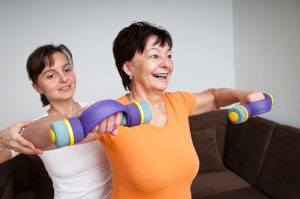 The emphasis in gerontological research has begun to shift from lengthening life to increasing years of health. The new goal is to shorten the period of time that people live in an unhealthy, dependent state. If scientific advances allow us to live 15 or 20 years longer, and if these 15-20 years consist mainly of pain, suffering, and dependence on others, what have we accomplished?
The emphasis in gerontological research has begun to shift from lengthening life to increasing years of health. The new goal is to shorten the period of time that people live in an unhealthy, dependent state. If scientific advances allow us to live 15 or 20 years longer, and if these 15-20 years consist mainly of pain, suffering, and dependence on others, what have we accomplished?
Because chronic diseases begin early in life and develop gradually, a healthy lifestyle can greatly postpone or even prevent the start of some of these chronic diseases like diabetes, emphysema, and heart disease. The longer the diseases are prevented, the less time an individual will experience morbidity in later years. As a matter of fact, individuals who practice sound health habits and prevent the onset of chronic disease for many years might NEVER experience morbidity.
While it is important for health professionals to develop and enhance life-extending strategies, we also must provide strategies that enable people to live as well as they can. There needs to be a balance between quantity and quality.
As a fitness professional reading this, hopefully you are not asking yourself “so what?” but are instead seeing an opportunity to educate and motivate your current clients and to use your knowledge to help attract future clients. If you are interested in working with older adults, it is important to have the knowledge base to safely and effectively train them. A good overall program to consider is the SrFit Mature Fitness Program, which is recognized for continuing education by many certification organizations including ACSM, BOC, NASM, NSCA, YMCA and others. You can check it out by going to www.aahf.info.
The medical community is good at diagnosing chronic lifestyle diseases, but not necessarily equipped to provide patients with the tools to be successful with the lifestyle changes they recommend. There exists a wonderful opportunity to build a partnership with physicians in your area. Most physicians will gladly refer patients to you for help with the all-important exercise and nutrition portion of the treatment program. In many cases you will have more knowledge in this area than the physician who has been trained in tertiary, not preventative, medicine. Most MD’s know very little about diet and exercise since they are not taught this in medical school. Often all that you will need to get a referral is for the doctor to be aware of your existence and to give them an easy way to get the patient to you. A short introduction letter outlining your qualifications and showing your desire to help people make lifestyle changes is a good start. Be prepared to take up just a few minutes of their time to introduce yourself, your idea, and leave your letter and cards.
Originally published on American Academy of Health and Fitness. Reprinted with permission from Tammy Petersen.
Tammy Petersen, MSE, is the Founder and Managing Partner for the American Academy of Health and Fitness (AAHF). She’s written a book on older adult fitness and designed corresponding training programs. SrFit Mature Adult Specialty Certification is used nationwide as the textbook for a college based course for personal trainers who wish to work with mature adults. SrFit is also the basis for a specialty certification home study course that qualifies for up to 22 hours of continuing education credit with the major personal trainer certification organizations.
Source
Much of the information provided here was taken from a report prepared by the U.S. State Department in collaboration with the National Institute on Aging.
NIH Pub ID: 07-6134
CIMS Pub ID: BK025
The National Institute on Aging (NIA), part of the National Institutes of Health, was established to improve the health and well-being of older people through research. As part of its mission, the NIA investigates ways to support healthy aging and prevent or delay the onset of diseases disproportionately affecting older adults. NIA’s research program covers a broad range of areas, from the study of basic cellular changes with age to the examination of the biomedical, social, and behavioral aspects of age-related conditions. Although the main purpose of this research is to increase “active life expectancy” — the number of years free of disability — it may also promote longevity.



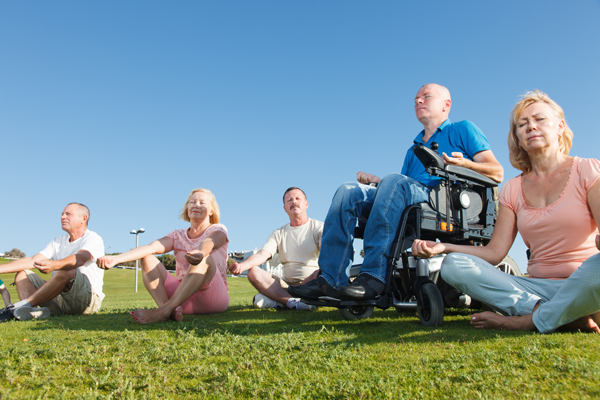
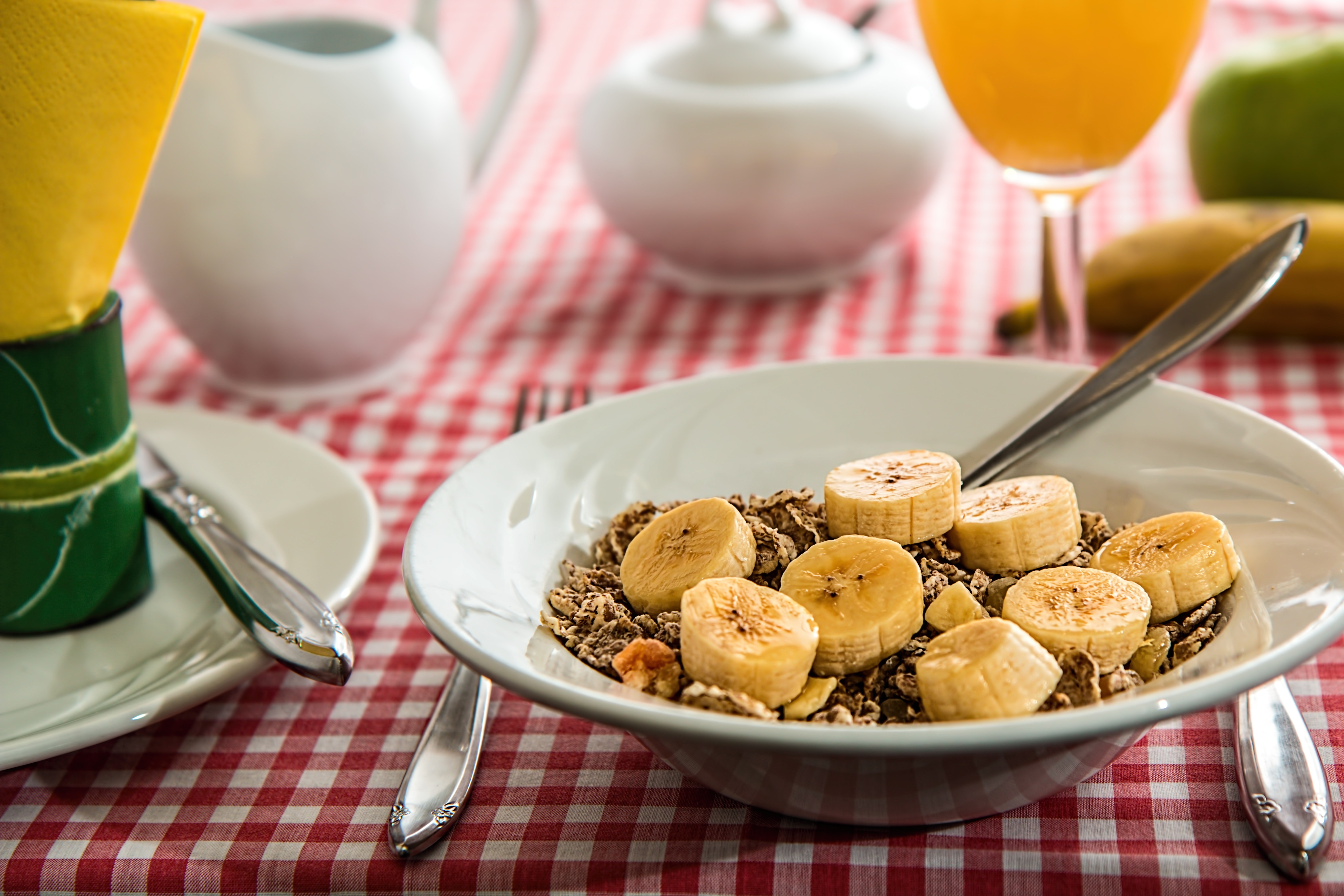
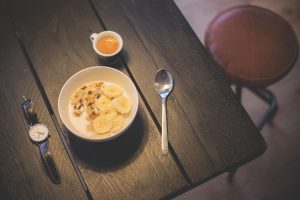 I don’t have time, I’m not hungry in the morning and I’m on a diet are three common excuses for missing breakfast. Unfortunately, athletes who skip breakfast generally suffer needless fatigue. They tend to have trouble concentrating later in the morning, and they work or study less efficiently. They can easily overeat at night and gain undesired body fat. Clearly, breakfast is a very important meal of the day!
I don’t have time, I’m not hungry in the morning and I’m on a diet are three common excuses for missing breakfast. Unfortunately, athletes who skip breakfast generally suffer needless fatigue. They tend to have trouble concentrating later in the morning, and they work or study less efficiently. They can easily overeat at night and gain undesired body fat. Clearly, breakfast is a very important meal of the day!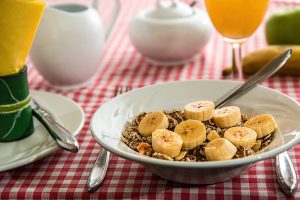 One quick and easy “breakfast of champions” is iron-enriched cereal with lowfat milk, banana, and orange juice. This simple meal provides important nutrients that support your athletic program:
One quick and easy “breakfast of champions” is iron-enriched cereal with lowfat milk, banana, and orange juice. This simple meal provides important nutrients that support your athletic program: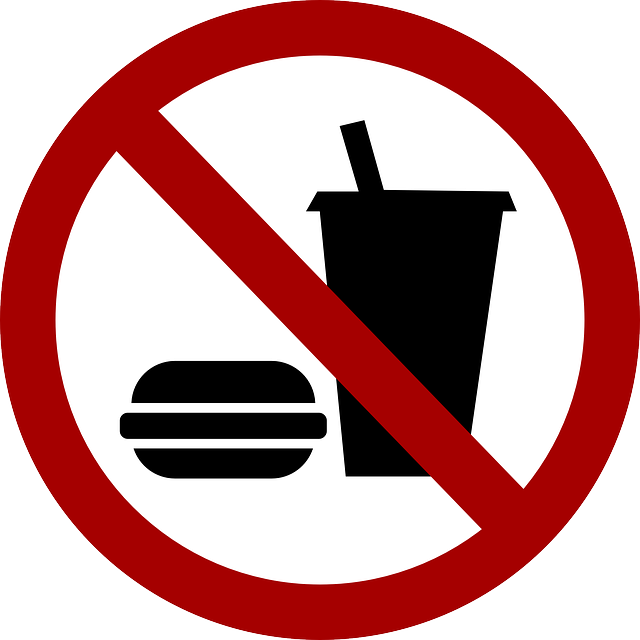
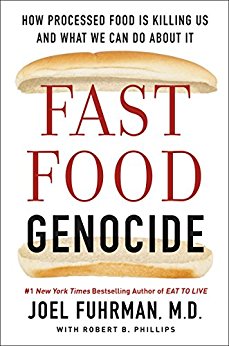
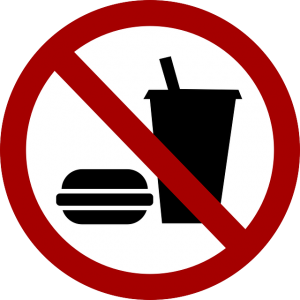 Why Isn’t This Information More Widely Known?
Why Isn’t This Information More Widely Known?
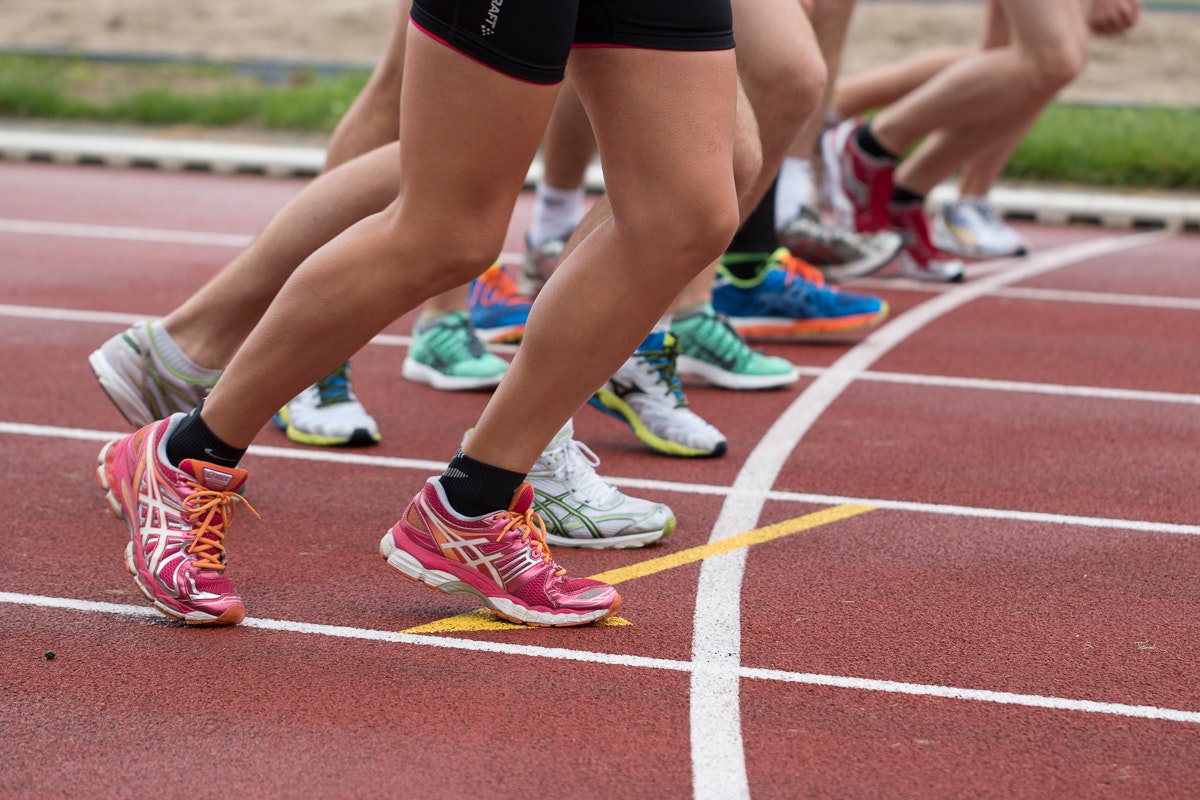
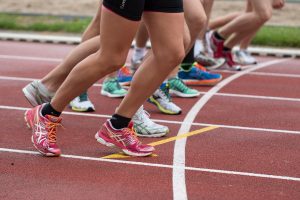 What’s the best way to fuel for the Boston Marathon?
What’s the best way to fuel for the Boston Marathon?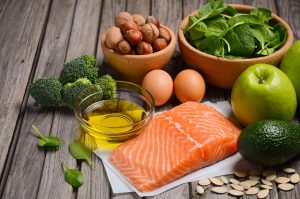
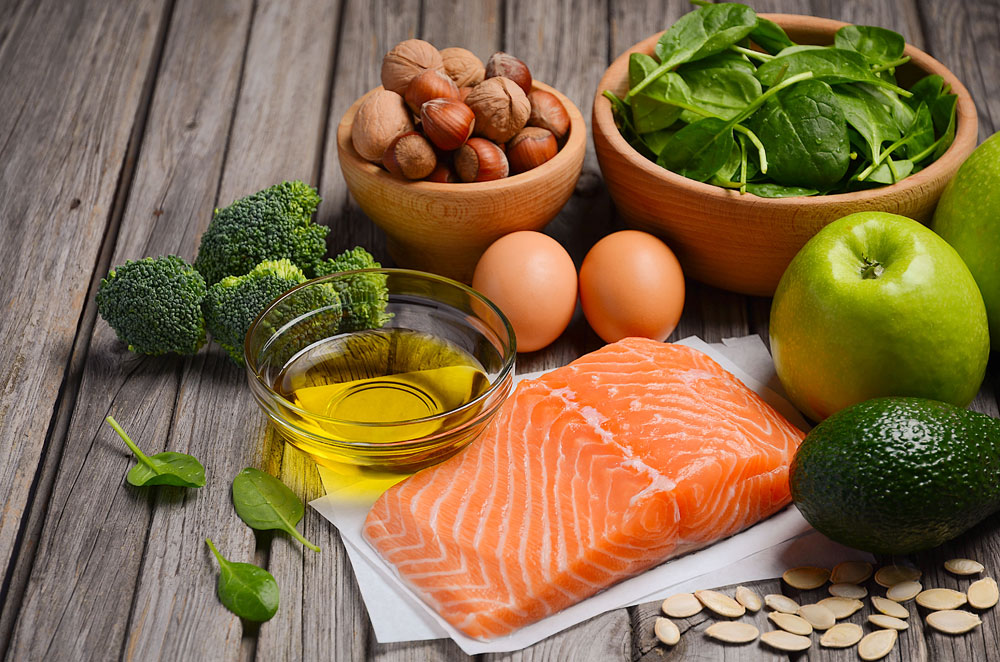
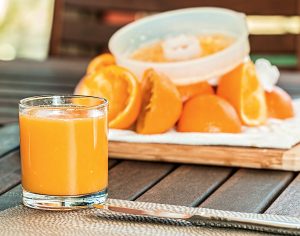 4. Drink lots of 100% fruit juice and low-fat (chocolate) milk. Instead of quenching your thirst with water, choose calorie-containing fluids. By having milk with each meal, you can easily add 300 to 600 wholesome calories a day. One high school soccer player gained 13 pounds over the summer by simply quenching his thirst with six glasses of cranapple juice instead of water (1,000 vs. 0 calories). He consumed the fluid he needed (juice is 98% water) and bonus of more carbohydrates to refuel his depleted muscles, plus a good dose of vitamin C to enhance healing.
4. Drink lots of 100% fruit juice and low-fat (chocolate) milk. Instead of quenching your thirst with water, choose calorie-containing fluids. By having milk with each meal, you can easily add 300 to 600 wholesome calories a day. One high school soccer player gained 13 pounds over the summer by simply quenching his thirst with six glasses of cranapple juice instead of water (1,000 vs. 0 calories). He consumed the fluid he needed (juice is 98% water) and bonus of more carbohydrates to refuel his depleted muscles, plus a good dose of vitamin C to enhance healing.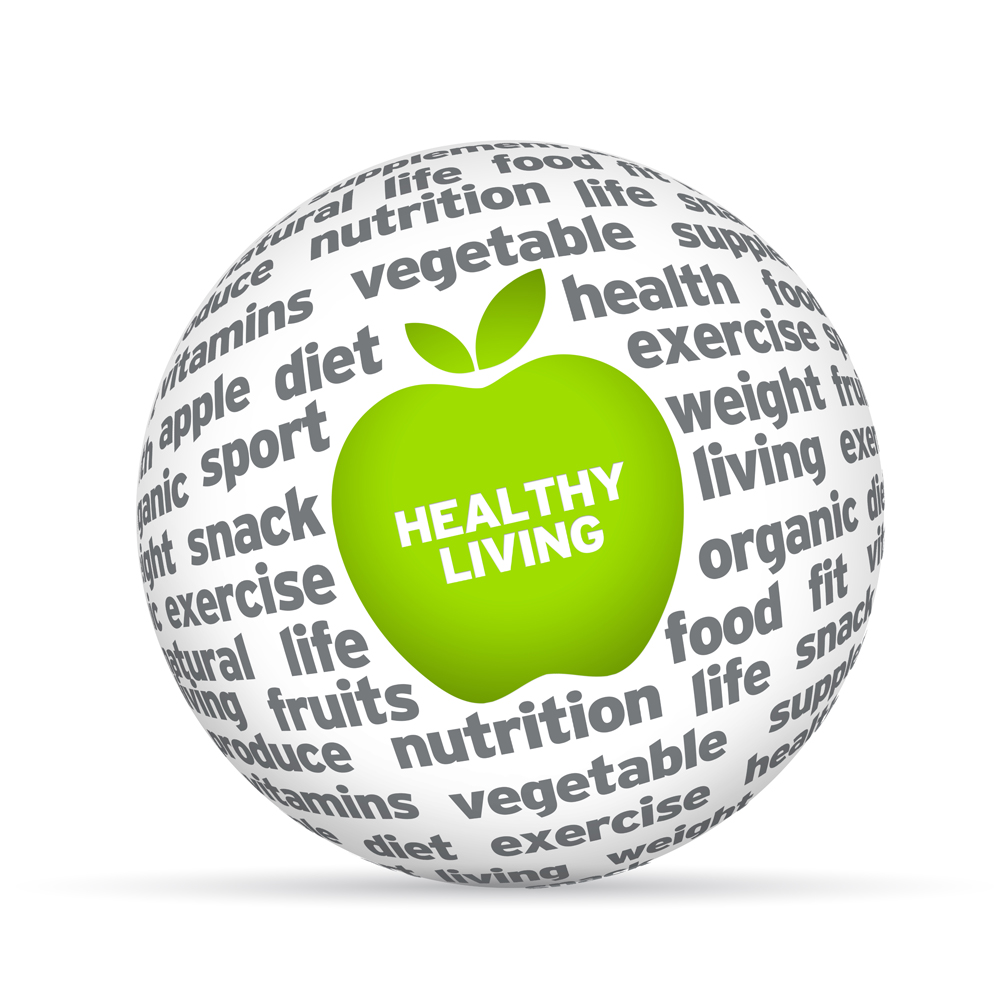
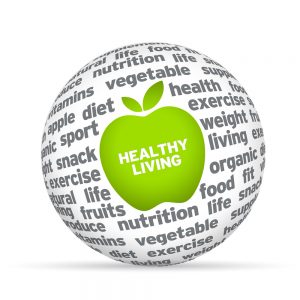
 Get cooking. Be creative in the kitchen and make your own meals at home. This way you incorporate the ingredients and you stay healthier. Plus it’s fun, gets you on your feet and a great family activity.
Get cooking. Be creative in the kitchen and make your own meals at home. This way you incorporate the ingredients and you stay healthier. Plus it’s fun, gets you on your feet and a great family activity.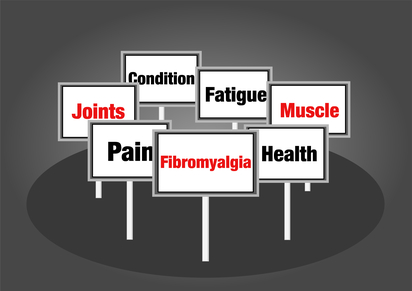
 If this sounds familiar, you’re not alone. Hundreds of millions of people live with chronic pain. In the United States alone, tens of millions of individuals suffer from
If this sounds familiar, you’re not alone. Hundreds of millions of people live with chronic pain. In the United States alone, tens of millions of individuals suffer from  y are these techniques so powerful? The answer might have something to do with cortisol, the stress hormone. Many doctors now screen chronic pain patients for cortisol levels. Cortisol levels can be naturally reduced through lowering environmental stress factors. Activities such as yoga, meditation and massage also help by stimulating a calming neurotransmitter in the brain.
y are these techniques so powerful? The answer might have something to do with cortisol, the stress hormone. Many doctors now screen chronic pain patients for cortisol levels. Cortisol levels can be naturally reduced through lowering environmental stress factors. Activities such as yoga, meditation and massage also help by stimulating a calming neurotransmitter in the brain.